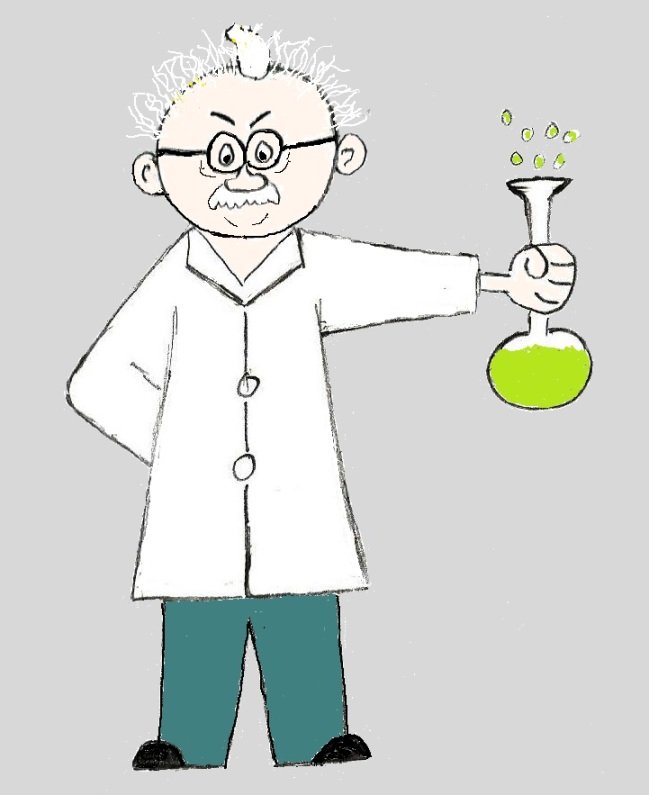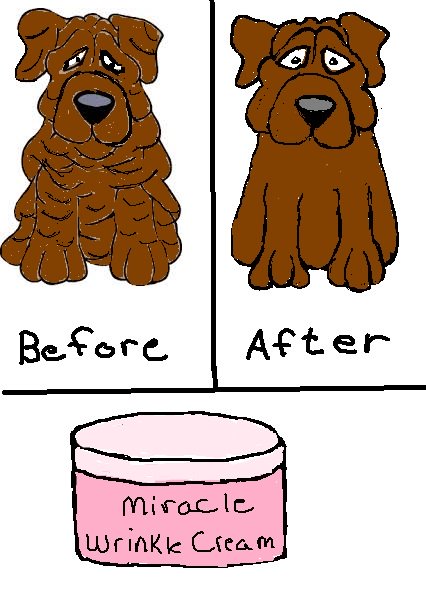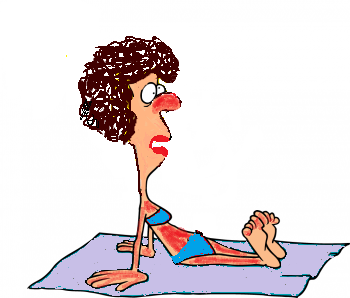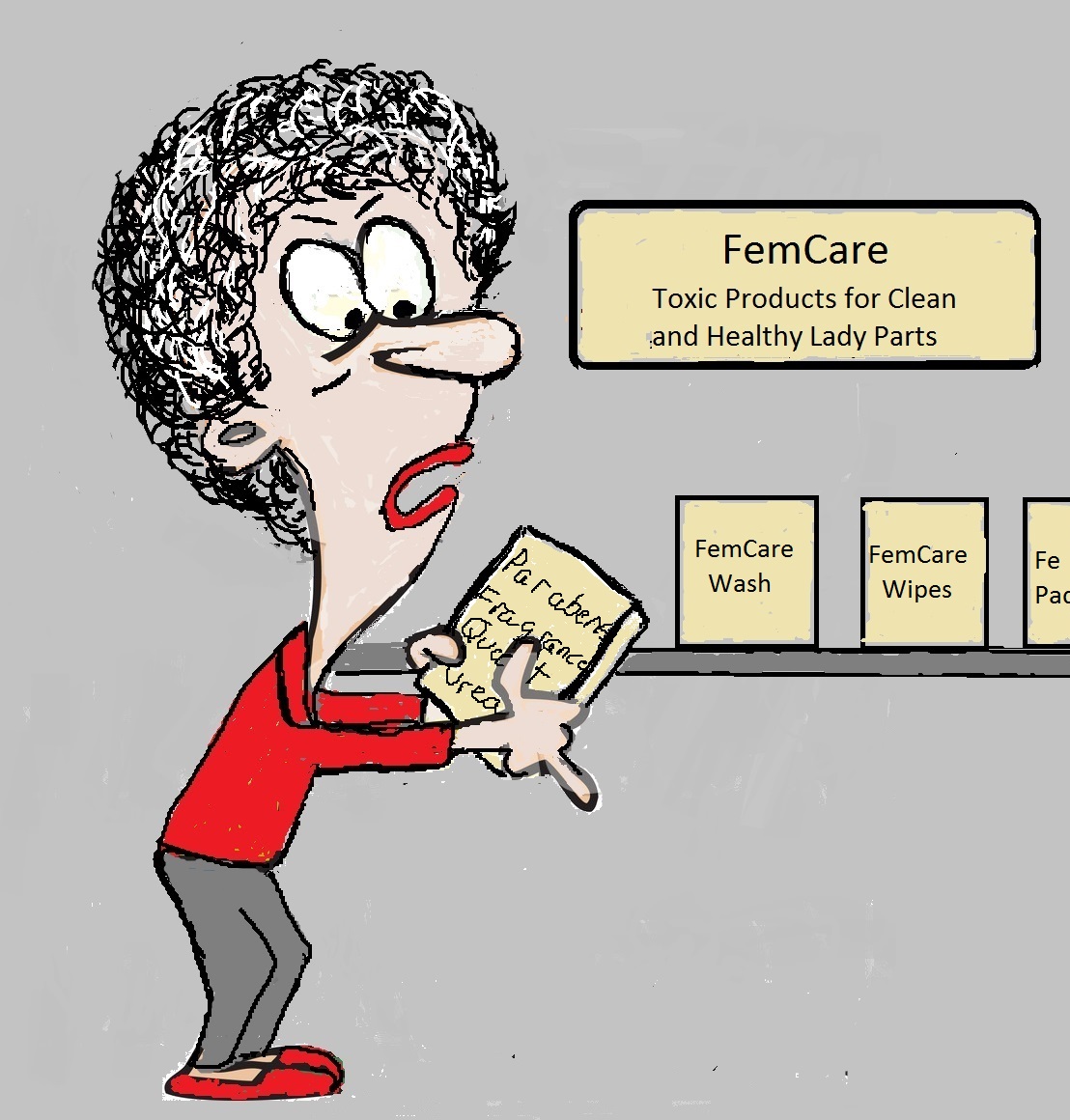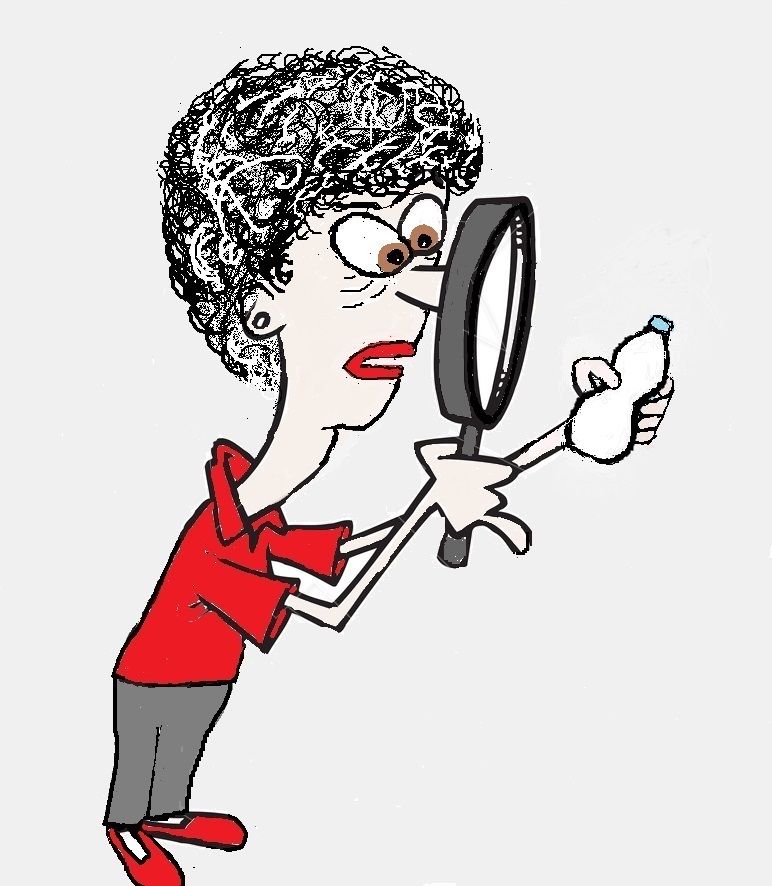- Home
- Toxic Chemicals in Personal Care
- Toxic Chemicals in Shampoo
Toxic Chemicals in Shampoo and Conditioner
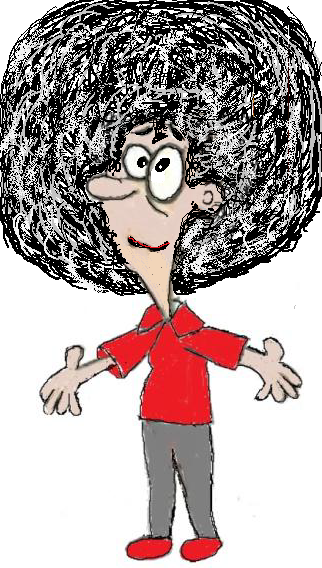
The toxic chemicals in shampoo and conditioner range from allergens to endocrine disrupters and carcinogens. Basically, most hair care products are a chemical cocktail of nastiness that you can absorb through your skin.
Why Shampoos and Conditioners are so Toxic
When you look at the individual toxic chemicals in shampoo and conditioners, most are moderately hazardous on their own. And chemicals, if they're tested, are tested for safety individually, not in combination with other chemicals.
What this means is, even when the health effects from exposure to specific toxic chemicals in your haircare products are known, the actual effects of exposure are usually underestimated.
What ups the ante are the mixtures of these chemicals (synergy), the number of products they are found in (multiple and additive effect) and the processing of these chemicals (contamination).
According to the Agency for Toxic Substances and Disease Registry (ATSDR):
“People are exposed to thousands of chemicals in different combinations every day in the home, the environment, and the workplace. Some of these chemicals have similar mechanisms of action or affect the same organ or tissue, so interactions between these chemicals are possible.”
Multiple And Additive Effects
So, you use shampoo, conditioner, and styling products. Maybe you dye your hair. Then there’s your skin cleansing routine. Although the amount of each chemical in a product that you use is considered safe (based on limited and insufficient testing), the same toxins are found in many types of products. That means you are be exposed to the same chemical multiple times in one day, adding up to levels that are above safe limits.
You may also be exposed to different chemicals that act the same dangerous way in your body. This is called the additive effect.
An example of the additive effect would be the presence of different endocrine disrupting chemicals in the same product or in several products that you use. There may be several types of parabens found in one bottle of shampoo, like methyl and propylparaben. Both of these parabens mimic estrogen, acting in the same ways in your body.
Synergy
Another issue is that the chemicals in your shampoo and conditioner can interact to form new toxins. This creates synergy, when the combined action of two things is greater than the sum of their effects individually (1 + 1 > 2).
An example of synergy is the reaction of Cocamide DEA with some preservatives in shampoos and conditioners. This reaction results in the formation of carcinogenic nitrosamines.
Contamination Toxins
Additional toxins that don’t appear on the product labels can end up in shampoos and conditioners through contamination. Contaminates are toxic residues left behind from the manufacturing process.
For example, sodium laurel sulfate is too harsh to use on skin so companies use the carcinogen ethylene oxide to turn it into sodium laureth sulfate. The process, called ethoxylation, creates the contaminant 1,4-dioxane, which is a probable carcinogen. 1,4-dioxane is an impurity in almost half of all cosmetics and can be absorbed through the skin in toxic amounts.
Toxic Chemicals in Shampoo and Conditioner to Avoid
Generally, the more things your shampoo and conditioner claim to do for your hair the more toxic it usually is. It takes a lot of chemicals to create frizz-free, dandruff-free, shiny, voluminous, color-enriched hair.
So, avoid using these hair products. And start reading labels to avoid the toxic chemicals in shampoo and conditioner listed below.
1. Parabens
Parabens are used as preservatives to kill bacteria in hair care products.
Health Effects
Endocrine disruption, cancer, reproductive toxicity, immunotoxicity, neurotoxicity and skin irritation.
Check the label for: anything ending in paraben. Ex - methylparaben and propylparaben.
2. Coal Tar
Coal tar is a complex chemical mixture derived from burning coal. (Yes, you read that right). It includes a number of suspected and known carcinogens, such as benzene, toluene, and naphthalene.
Coal tar is found in shampoos and scalp treatments and hair dye.
Health Effects
Known carcinogen
Check the label for: Coal tar, tar, coal, coal tar solution, crude coal tar, estar, impervotar, KC 261, lavatar, picis carbonis, naphtha, high solvent naphtha, naphtha distillate, benzin B70, petroleum ben
3. Urea like Diazolidinyl Urea:
Used as a preservative that works by forming formaldehyde in cosmetic products.
Health Effects
Formaldehyde releaser – carcinogen
Check the label for: anything that ends in urea.
4. Siloxanes
Siloxanes are silicone-based compounds that are used for their softening, smoothing, and moistening action. The most commonly used siloxane in shampoo and conditioner decamethylcyclopentasiloxane (D5). Hair conditioner is a major source of D5 exposure ( up to 162 milligrams per day).
Health Effects
Cyclic siloxanes like D5 are linked to reproductive impairment, liver changes, endocrine disruption, uterine cancers, neurological and immune effects and thyroid enlargement.
Check labels for Dimethicone, polymethylsiloxane, cyclopentasiloxane, cyclomethicone, cyclotetrasiloxane, cyclohexasiloxan, Trisiloxane or any other ingredients that end with the word siloxane.
5. Diethanolamine (DEA) and Triethanolamine (TEA).
Used as foaming agents in shampoos.
Health Effects
Possible carcinogen
Synergistic - combines with other chemicals to create carcinogenic nitrosamines.
Check labels for: ingredients that end in DEA or TEA (example- Cocamide DEA)
6. PEG/ PPG-18/ 18 Dimethicone
Used to create foam and keep ingredients from separating.
Health Effects
Moderately hazardous combination of polyethylene glycol (PEG)-polypropylene glycol (PPG) and dimethicone.
Contamination - 1,4-dioxane (a probable carcinogen).
Check labels for: sodium laureth sulfate, PEG compounds, PPG and chemicals that include the clauses xynol, ceteareth and oleth.
7. Fragrance
There is an estimated 4,000 plus separate ingredients that can make up a fragrance.
Health Effects
Fragrance is an undisclosed chemical mixture so health effects unknown. Some fragrance ingredients are linked to allergies, asthma, and endocrine disruption.
What to look for on the
label - fragrance. (I've seen products labeled as fragrance-free that have fragrance on the ingredient list).
If you're looking for nontoxic options for shampoo and conditioner check out this post. To learn more about toxic chemicals in personal care products click on the links below.
|
Toxic Chemicals in Body Lotion |
